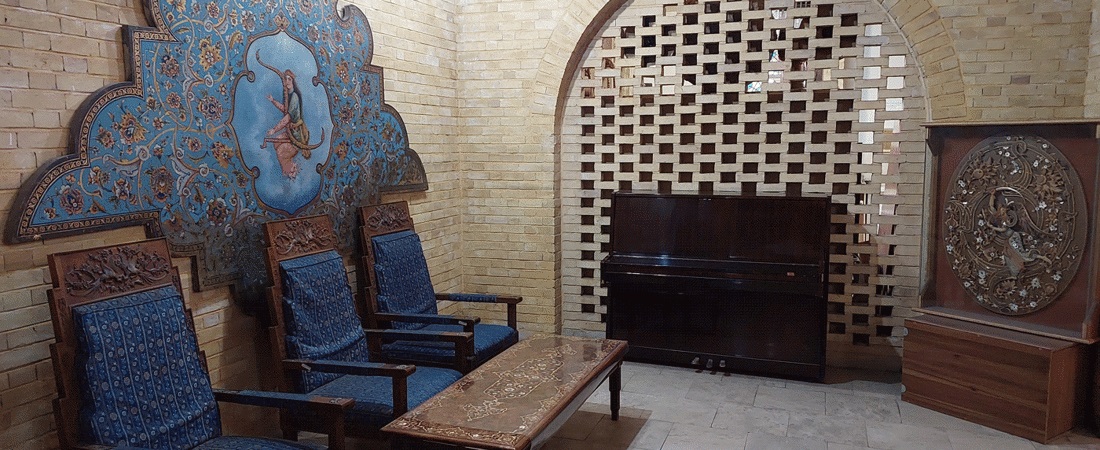ResearchGate |
|---|
Peppermint extract-compound nanofiber production and characterization |

Purpose As a result of referee evaluation, the subject scope of the article has been expanded. Previously, only polycaprolactone (PCL) loaded with peppermint extract had been studied. As a result of peer review, nanostructure production was made with peppermint-loaded polylactic acid (PLA). Literature information about PLA polymer has been added to the Introduction section. Additionally, to analyze the presence of peppermint extract in Fourier transform infrared (FTIR) measurements, a comparison was made with 100% PCL, 100% PLA and 100% peppermint extract. In order to observe the effect of polymer type, evaluations were made between the produced peppermint-loaded nanostructures containing |
||
|
2024-12-01 Read more about this article in source |
||
-
Springer more ...
Preparation and Characterization Evaluation of Urushiol/Polyvinyl Alcohol Nanofiber Membranes

In this study, medical-grade polyvinyl alcohol (PVA) is used as the base material and made into PVA nanofiber membranes via electrospinning.... 10/31/2025
-
Springer more ...
Cellulose acetate butyrate/cellulose Janus nanofiber membrane for unidirectional moisture conduction

Unidirectional conductive wet fiber materials are employed in membrane materials because of their directional transport capability. In this study, a... 10/29/2025
-
.jpg?v=Yk0jgLrpQ8Q7CFimHwQx7LWPv-uif778PWgjGJB3VbE)
Diabetic ulcer is a prevalent complication affecting a large number of individuals globally and presents a significant challenge in healthcare, often... 10/27/2025
-
Springer more ...
Preparation and Evaluation of Nicotine and Quercetin Loaded Polyvinyl Alcohol Nanofiber Wound Dressings
.jpg?v=On-Ppok0t4EZZCT1cJhPowIkh85UZFyFY9AGpFEvR-8)
The skin, which is a protective barrier for the human body, can be injured from time to time as a result of disease or trauma. Electrospun nanofiber... 10/20/2025
-
Springer more ...
Aligned nanofiber-based responsive sponge scaffolds for peripheral nerve regeneration
Nerve conduits have demonstrated tremendous value in advancing nerve regeneration. The current research focuses on improving their neuro regenerative... 09/29/2025
-
ResearchGate more ...
A comparative fractographic analysis for the effect of polymeric nanofiber reinforcements on the tensile behavior of multi-layered epoxy nanocomposites
This study presents a comparative investigation into the effects of four different nanofibers—PA66, PStX, PAN, and PVB—on the mechanical performance and failure mechanisms of epoxy adhesive films. These nanofiber‐reinforced adhesive layers were manufactured via a dry‐reinforcement resin film infusion method and tested under uniaxial tensile loading. Mechanical results showed that PA66 and PStX nanofibers improved tensile strength by up to 25%, primarily by mitigating crack initiation at free edges and promoting effective fiber–matrix bonding. In contrast, PAN nanofibers induced micro‐cracks at the fiber–resin interface, amplifying crack coalescence and reducing strength by 25%. 03/01/2025



